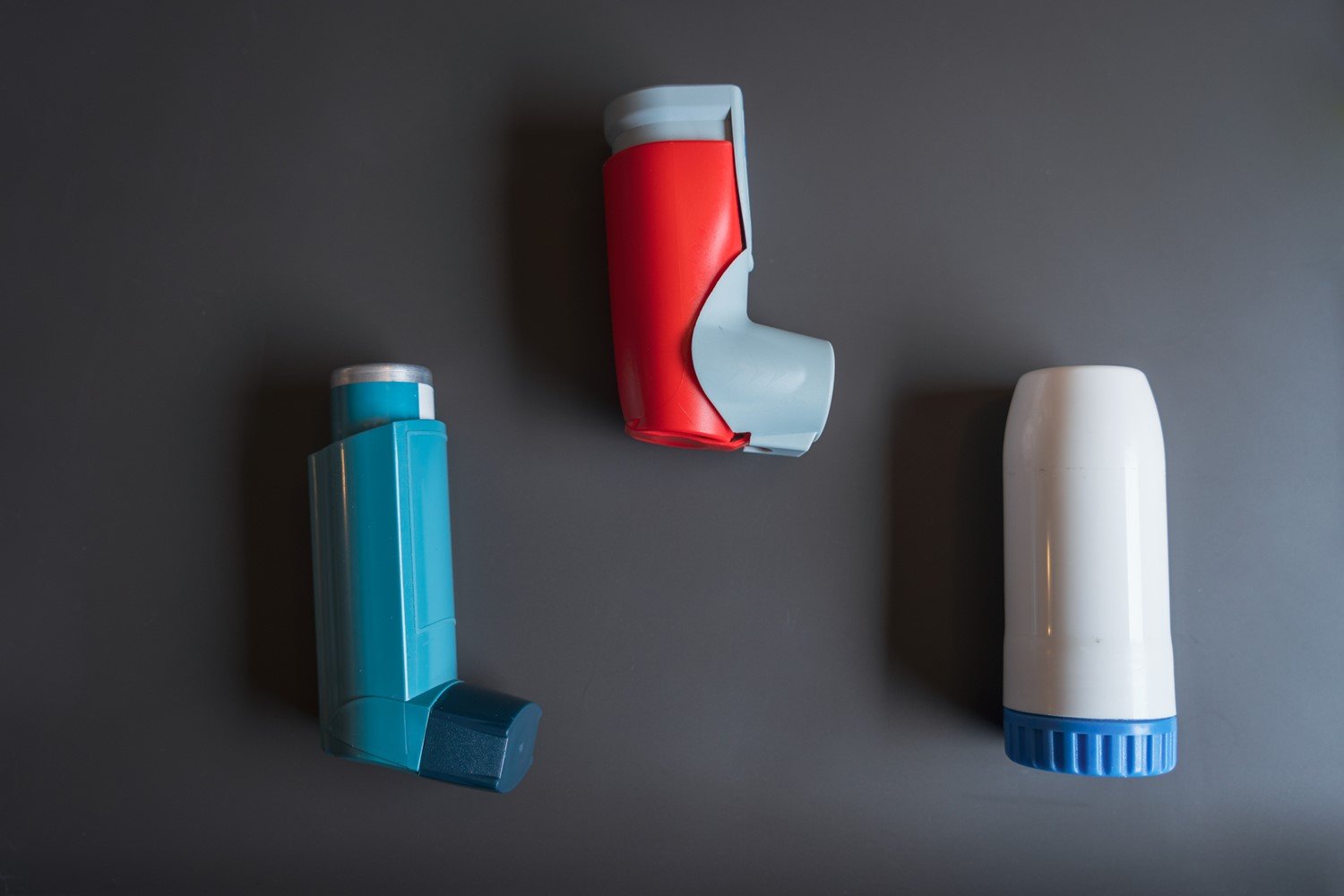Using an inhaler correctly is crucial for managing asthma effectively and ensuring that the medication reaches your lungs. Whether you’re using a metered-dose inhaler (MDI), a dry powder inhaler (DPI), or a nebulizer, following the right techniques can make a significant difference in controlling your asthma symptoms. Here are some best practices to help you use your inhaler correctly and get the most out of your treatment.

Understanding Different Types of Inhalers
Different inhalers work in various ways, so it’s important to understand how each type functions:
- Metered-Dose Inhalers (MDIs): These inhalers deliver medication in a spray form and are commonly used for both reliever and controller medications. They often require coordination between pressing the inhaler and inhaling.
- Dry Powder Inhalers (DPIs): DPIs release medication in powder form. You need to inhale deeply and forcefully to ensure that the medication reaches your lungs.
- Nebulizers: These devices turn liquid medication into a fine mist that you inhale through a mouthpiece or mask. They are typically used for severe asthma or for those who have difficulty using other inhalers.
General Tips for All Inhalers
Regardless of the type of inhaler, there are general practices to ensure effective use:
- Read Instructions Carefully: Always follow the instructions provided with your inhaler. If you’re unsure about how to use it, ask your healthcare provider or pharmacist for a demonstration.
- Check Expiry Dates: Ensure that your inhaler is not expired. Using an expired inhaler may result in reduced effectiveness.
- Store Properly: Store your inhaler at the recommended temperature and avoid exposing it to extreme heat or cold. This helps maintain its effectiveness.
Using a Metered-Dose Inhaler (MDI)
MDIs are widely used but require proper technique for effective delivery:
- Shake the Inhaler: Before use, shake the inhaler to mix the medication properly. This ensures that you receive the correct dose.
- Breathe Out: Exhale fully to empty your lungs before using the inhaler. This helps the medication reach deeper into your airways.
- Position Correctly: Hold the inhaler upright and place the mouthpiece between your teeth, sealing your lips around it.
- Inhale and Press: As you start to breathe in slowly and deeply through your mouth, press down on the inhaler to release the medication. Continue to inhale slowly to ensure that the medication reaches your lungs.
- Hold Your Breath: After inhaling the medication, hold your breath for about 10 seconds or as long as comfortable. This allows the medication to settle in your airways.
- Rinse Your Mouth: If using a corticosteroid inhaler, rinse your mouth with water and spit it out to reduce the risk of oral thrush.
Using a Dry Powder Inhaler (DPI)
DPIs require a different technique to ensure proper use:
- Prepare the Inhaler: Follow the instructions to load the medication into the inhaler. Some DPIs have a dose counter that shows how many doses remain.
- Exhale: Breathe out completely away from the inhaler to avoid blowing powder out of the device.
- Inhale Deeply: Place the mouthpiece in your mouth and inhale rapidly and deeply. A strong, fast inhalation is necessary to ensure that the medication reaches your lungs.
- Do Not Exhale into the Inhaler: After inhaling, avoid exhaling into the inhaler as moisture can affect the powder.
- Close the Inhaler: Close the inhaler and store it properly.
Using a Nebulizer
Nebulizers are used for a different approach to inhaling medication:
- Set Up the Nebulizer: Assemble the nebulizer according to the manufacturer’s instructions. Ensure that all parts are clean and in good working condition.
- Add Medication: Pour the prescribed medication into the nebulizer cup. Attach the cup to the nebulizer and ensure it’s secure.
- Position the Mouthpiece or Mask: Place the mouthpiece between your teeth or position the mask over your nose and mouth.
- Turn On the Nebulizer: Turn on the nebulizer and breathe normally through the mouthpiece or mask until the medication is fully delivered. This usually takes about 10-15 minutes.
- Clean the Nebulizer: After use, clean the nebulizer components as directed to prevent infection and maintain proper function.
Monitoring and Follow-Up
Proper use of inhalers is just one part of managing asthma:
- Track Your Usage: Keep track of how often you use your inhaler and whether your symptoms improve. This helps in managing your asthma effectively.
- Review Technique Regularly: Periodically review your inhaler technique with your healthcare provider to ensure you’re using it correctly.
- Adjust Treatment if Needed: If you notice that your inhaler is not controlling your symptoms as expected, consult your healthcare provider. They may need to adjust your medication or technique.
Conclusion
Using an inhaler correctly is essential for managing asthma and ensuring that you receive the full benefit of your medication. By following these best practices for different types of inhalers, you can improve your asthma control and overall health. If you have any questions or concerns about your inhaler technique, don’t hesitate to consult your healthcare provider for guidance and support.




